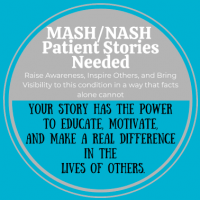Researchers have unveiled a groundbreaking laboratory model that could transform the search for new therapies against an aggressive and often lethal blood cancer: acute myeloid leukemia (AML). AML is notorious for its rapid progression and resistance to current treatment options, making it a significant challenge within oncology.
The study, highlighted by World Pharma News, introduces a sophisticated model system developed by scientists to better mimic the complex environment of AML in the human body. Traditional laboratory models have struggled to accurately represent how AML behaves in patients, especially regarding the disease’s interactions with the bone marrow and immune system. This limitation has often resulted in promising drugs failing during clinical trials, as their effectiveness observed in the lab does not translate to real-world patients.
The new model overcomes these hurdles by more closely replicating the conditions found in human bone marrow, where AML originates and thrives. By incorporating human cells and tissues, the system provides a more realistic setting for testing potential treatments. It allows researchers to observe not only how AML cells grow and respond to drugs, but also how they interact with their surrounding environment—critical factors that influence treatment success or failure.
One of the key advantages of this model is its ability to evaluate the efficacy and safety of novel therapies before they reach clinical trials. Researchers can use it to rapidly screen drug candidates and identify those most likely to succeed in patients, potentially accelerating the timeline for bringing new treatments to market. Furthermore, the model offers insights into why certain therapies fail, helping to refine and improve future drug development strategies.
The research team believes this tool will be especially valuable for testing innovative immunotherapies and targeted drugs, which are at the forefront of AML research but have faced significant obstacles in translation from laboratory to clinic. By providing a more accurate and reliable platform for preclinical studies, the model could help overcome one of the main bottlenecks in AML drug discovery.
Beyond drug testing, the model also has the potential to advance understanding of AML biology itself. Researchers can use it to study how the cancer evolves, how it evades treatments, and what genetic or environmental factors drive its aggressiveness. This knowledge could inform the development of more personalized and effective treatment approaches for patients.









